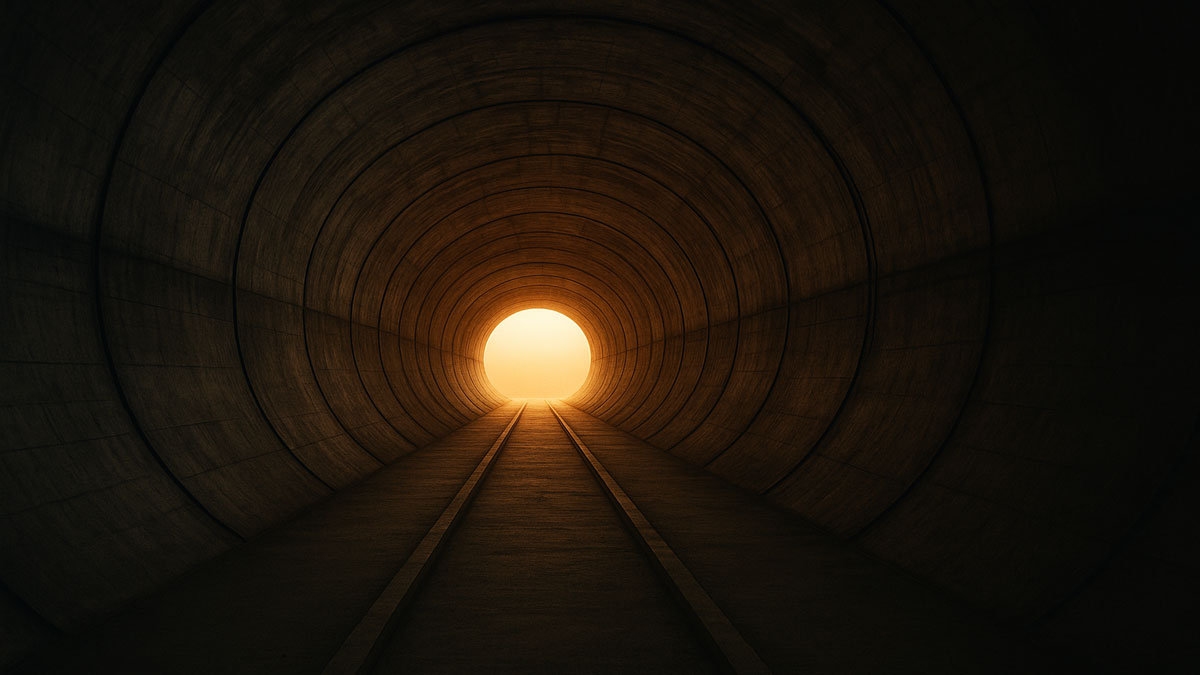Sediments are materials formed due to mechanical or chemical activity by the agents of denudation on preexisting rocks. They are deposited in a stratified fashion, layer after layer, at the surface of the lithosphere. Lithification of the sediments at relatively low temperatures and pressure leads to the formation of sedimentary rocks.
Formation of Sedimentary Rocks:
Weathering:
Weatheringis the process by which rock is broken down into smaller pieces, worn away, or dissolved. It occurs in place; no movement is involved.
Erosion:
Once weathering has chipped away at the rock, it becomes susceptible to erosion. This process occurs when rocks and sediments are transported elsewhere by forces such as ice, water, wind, or gravity. Erosion fundamentally involves movement.
Transportation:
Gravity, wind, water, or ice move most sediment away from its original spot before it eventually settles down and forms layers. During transportation, sediment continues to weather and change in character in proportion to the distance the sediment moves.
Deposition:
Sediment eventually gets put somewhere. It stops being moved and gets set down. Deposition of detrital sediment occurs when the energy necessary for transport is no longer available. Chemical deposition (precipitation) occurs when environmental (chemical) conditions change.
Compaction and Cementation:
These layers get pressed together and solidified as time passes, transforming into sturdy rock.
Structure of Sedimentary rock types:
Sedimentary rocks have three fundamental structures.
1. Physical structures/ Primary/ Mechanical structures
2. Chemical or secondary structures
3. Organic structures
Physical structures:
The structures of sedimentary rocks described below are of physical origin and owe their existence mainly to processes operating during or shortly after sediment deposition.
- Bedding
- Lamination
- Current bedding
- Cross bedding
- Graded bedding
- Ripple marks
- Verves
- Load casts
- Contorted bedding
- Slumping
- Mud cracks
Secondary/ Chemical Sedimentary Structures:
Form long after deposition, and therefore, do not give clues about how the sediment was initially deposited:
- Stylolite’s
- Concretion and nodules
- Septarians
- Cone in cone
- Geodes
- Liesegang
Organic Sedimentary Structures:
Fossils:
Fossils represent reserved remnants of ancient plants and animals that give clues about ancient life, evolution, and the depositional environment. They allow rocks in widely separated areas to be correlated in time and form the basis for constructing the geologic calendar.
Fossils are generally two categories.
Trace fossils:
Trace fossils provide indirect evidence of ancient life, such as burrows, trails, and tracks.
Body fossils:
Body fossils are an organism’s actual preserved parts (mostly hard parts). Most fossils have been dissolved and replaced by silica and pyrite. Petrified wood forms when silica gradually takes the place of cellulose. A mold is the cavity in sediment that a shell once filled; a cast is a filled-in mold.
Burrow:
A burrow refers to a tunnel or hole that an animal digs into the ground, serving as a cozy living space, a temporary safe haven, or simply a result of how it moves around.
Sedimentary Rock Types:
Generally, there are two types of sedimentary rocks:
- Clastic rock
- Non clastic sedimentary rock
Clastic rock:
A group of rocks is composed principally of fragments or coasts derived from pre-existing rocks by physical or mechanical processes, and it is then transported some distances from its origin to the depositional site.
Example: Sandstone, Shale, Mudstone, Conglomerate, Brrecia
Non-clastic sedimentary rock:
Non-clastic rocks result from the precipitation of minerals from a solution. The material in the solution originated in the weathering environment. Precipitation processes are either biological or non-biological. Biochemical sedimentary rocks result from organisms’ chemical processes.
Non-clastic sedimentary rock is classified by
- Carbonates
- Evaporites
- Other
Carbonate rocks:
Carbonates consist of calcite (CaCO3) and/or dolomite (CaMg (CO3)2). Most are biochemical (but not all). The chemical process is the dissolution and precipitation of carbonate from water or carbonic acid solutions.
Carbonate rocks can be divided into
Biochemical Carbonate Sedimentary Rocks:
Fossiliferous limestone: deposition of carbonate matrix with organically-produced shells and other fossils included
Coquina: broken shells held together by carbonate cement (dense fossiliferous limestone).
Chalk: microscopic shells held together by carbonate cement (microscopic fossiliferous limestone).
Oolitic Limestone: “Sandstone” is formed by cementing together carbonate spheres.
Evaporites:
Evaporites form by inorganic chemical precipitation of minerals (usually salts) from solution. Include halite (rock salt) and gypsum.
Other Sedimentary Rocks:
Chert:
Dominated by silica (SiO₂). Formed by:
Accumulation of silica-secreting organisms such as diatoms, radiolarians, or some types of sponges diatomaceous earth, layered chert (ooze).
Chemical reactions of dissolved silica replacing carbonate in limestone chert interbed
Coal:
Coal is compressed, altered remains of ancient plants. It forms in oxygen-deficient (reducing) environments, impeded by bacterial decay.
Dead plant junk → peat → lignite → bitumen → anthracite.
Each step in this diagenetic process involves:
- Compression and dewatering
- Removal of more volatile elements (O, N, H)
- Concentration of C
Relative Abundance Sedimentary & Igneous Rocks:
Sedimentary rocks make up only 5% of the Earth’s crust but cover about 75% of its surface.







